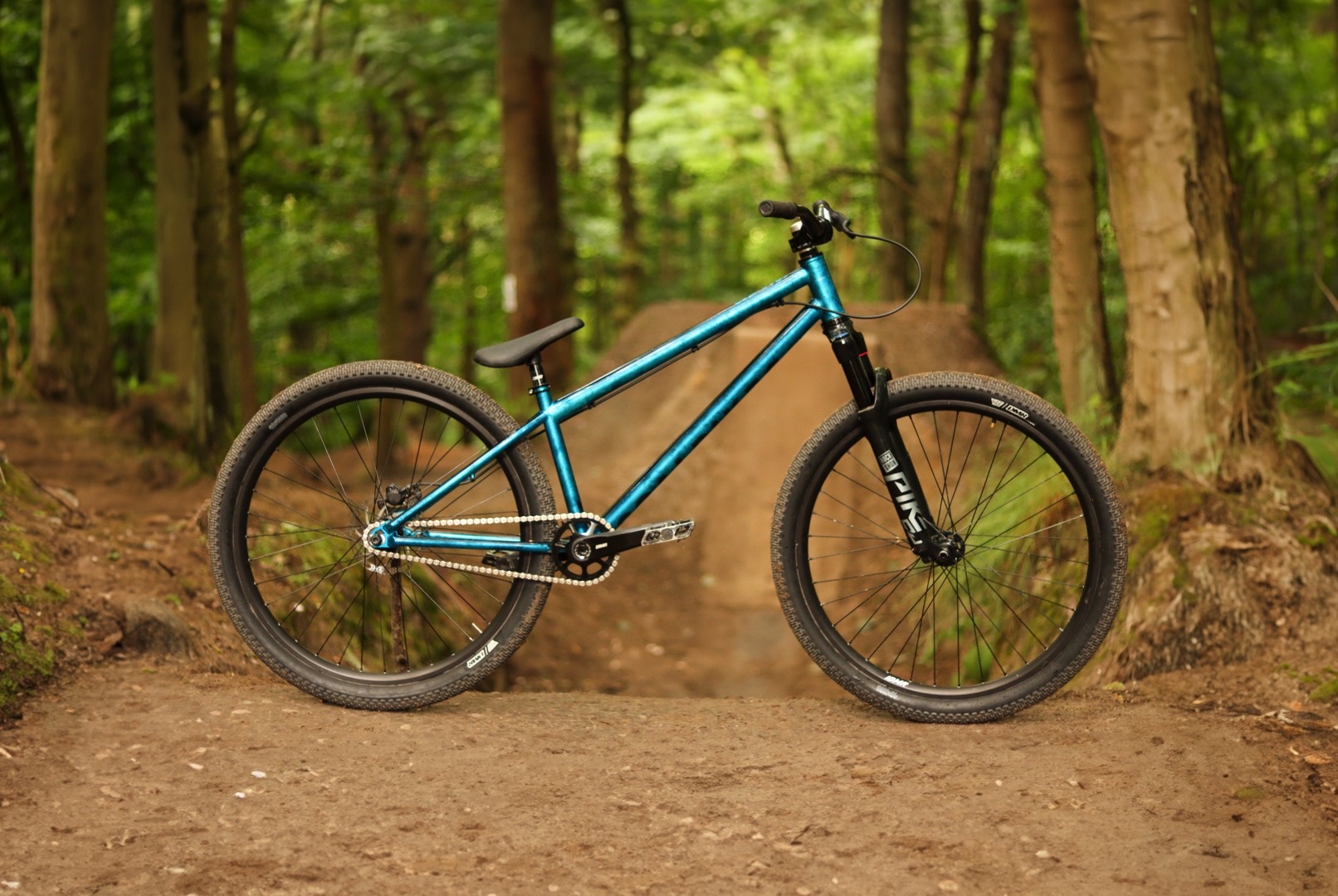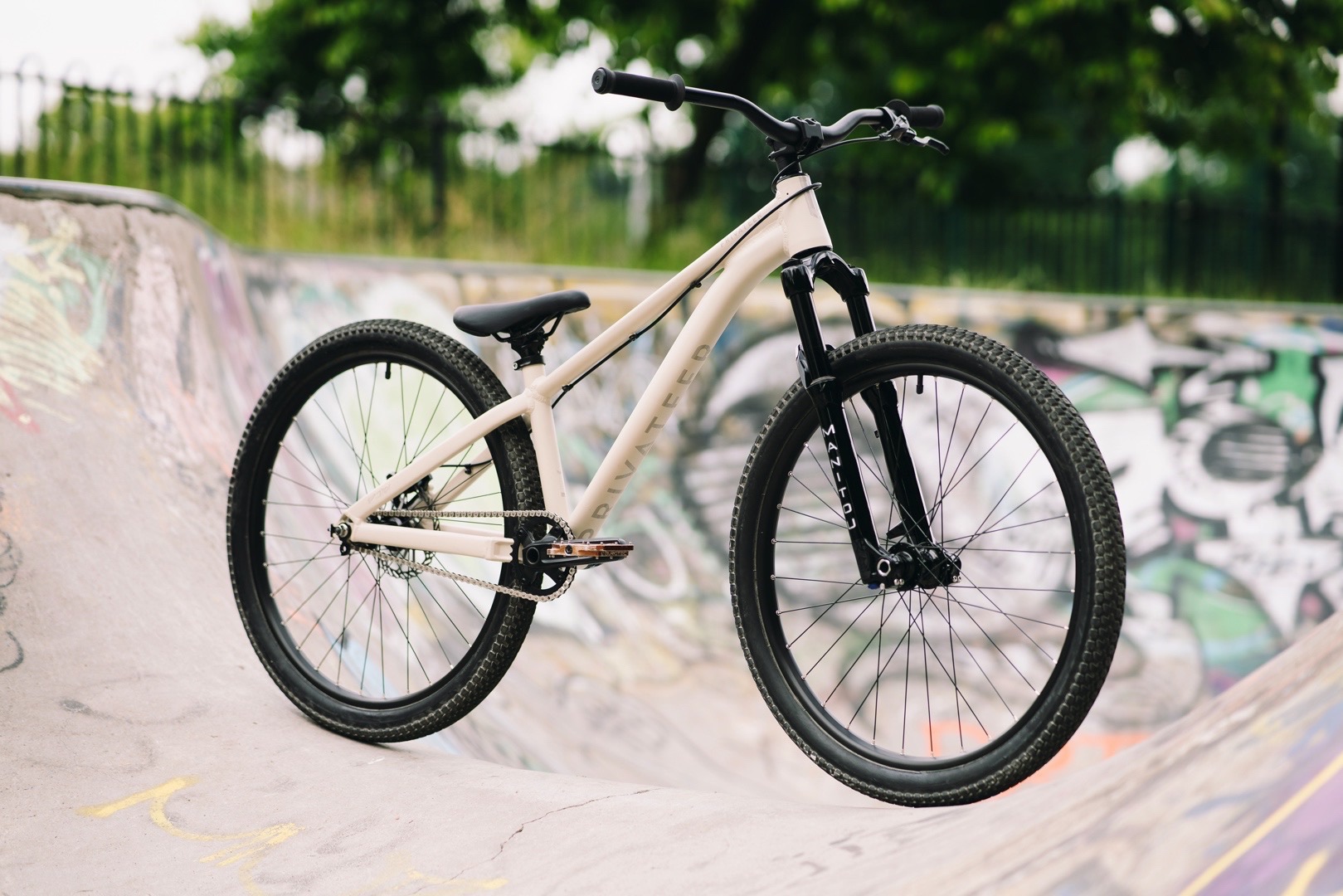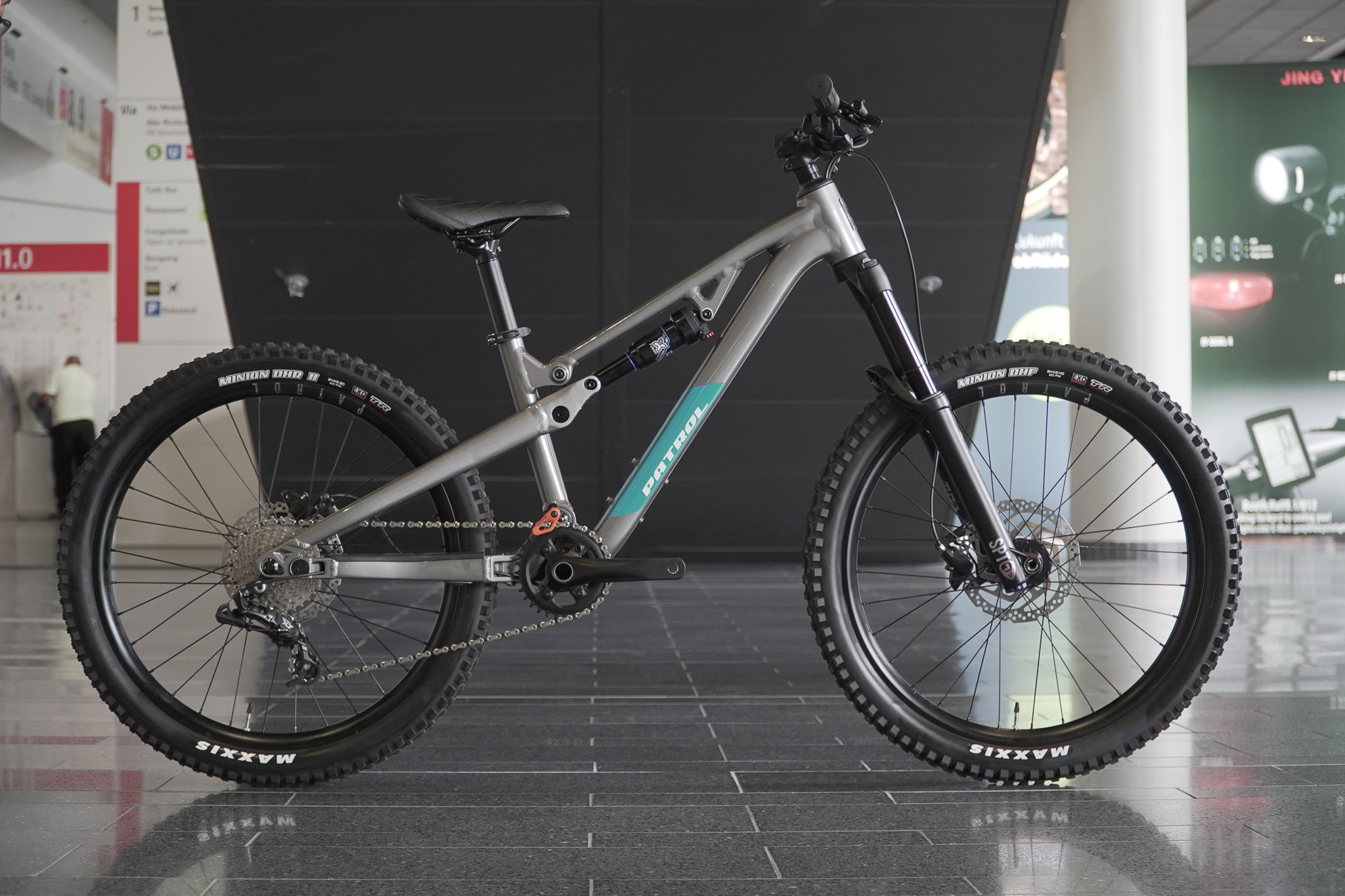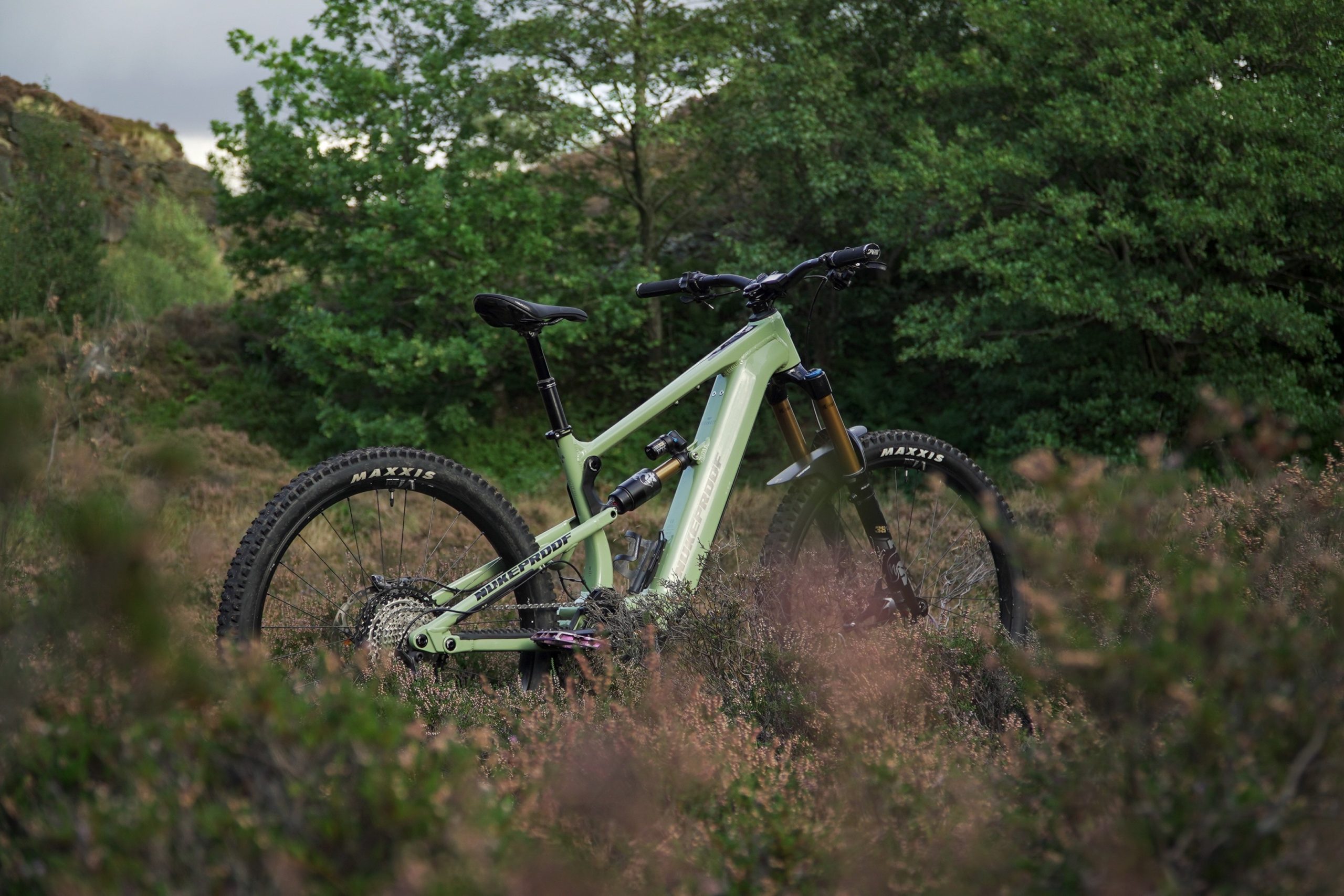Tubeless tires are becoming increasingly popular among mountain bikers for their numerous benefits. From reduced puncture risk and lower rolling resistance to improved grip and increased comfort, tubeless tires offer a more efficient and reliable ride than traditional tires with inner tubes. Whether you’re an experienced rider or just starting out, the benefits of using tubeless tires are undeniable, making them a great investment for anyone looking to improve their mountain biking experience.

What are the benefits to converting to tubeless?
- Reduced puncture risk: Tubeless tires reduce the risk of punctures because the liquid sealant inside the tire seals small holes and cuts, preventing the need for a traditional inner tube.
- Lower rolling resistance: Tubeless tires offer a smoother and more efficient ride, resulting in lower rolling resistance and improved speed.
- Improved grip: The ability to run lower tire pressure with tubeless tires provides improved grip, especially in technical terrain.
- Increased comfort: The reduced friction and improved grip of tubeless tires result in a smoother and more comfortable ride, reducing fatigue on long rides.
- Easier maintenance: Without the need for inner tubes, tubeless tires are easier to maintain and provide a lighter and more reliable system.
Converting your bicycle tires to tubeless is a great way to improve the performance and ride quality of your bike. Tubeless tires offer lower rolling resistance, increased puncture resistance, and a more comfortable ride compared to traditional tires with inner tubes. Here’s how to convert your bicycle tires to tubeless:
Step by Step Guide to Converting Your Bicycle Tyres to Tubeless
- Choose the right tires and rims: Before you begin, make sure your tires and rims are compatible with tubeless technology. Look for tires labeled as “tubeless-ready” and make sure your rims have a smooth and consistent bead seat.
- Prepare the rim: Clean the bead seat of your rim thoroughly to ensure a tight and airtight seal. Use isopropyl alcohol or rim tape to cover any spoke holes or irregularities.
- Install the tubeless valve: Screw the tubeless valve onto the rim, making sure the base of the valve is properly seated in the rim’s valve hole.
- Add sealant: Fill the tire with sealant, making sure it covers the entire inner surface of the tire. The sealant will help seal any punctures and prevent air loss.
- Mount the tire: Mount the tire onto the rim, starting with the valve, and make sure the tire beads are properly seated. Inflate the tire to around 30 psi and spin the wheel to ensure the tire beads are fully seated.
- Check for leaks: Check the tubeless system for any leaks by spinning the wheel and listening for hissing sounds. Check the valve, bead seat, and sidewalls for any signs of leakage.
- Final inflation: Once you have checked for leaks, you can now inflate the tire to your desired pressure.
By converting your bicycle tires to tubeless, you can experience the benefits of a more efficient and comfortable ride. With proper setup and maintenance, tubeless tires can provide years of reliable performance.





